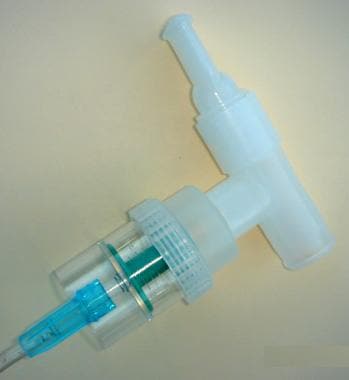Asthma is a chronic inflammatory disease of the airways that requires ongoing management to prevent exacerbations and maintain lung function. Maintenance therapy plays a crucial role in long-term asthma control, reducing the need for emergency care and improving the quality of life for patients. This article explores the most effective maintenance therapy options, their mechanisms, and strategies for personalized asthma management.

Understanding Asthma Maintenance Therapy
Maintenance therapy for asthma involves the regular use of medication to control inflammation, prevent airway hyperresponsiveness, and reduce symptoms. It differs from rescue therapy, which is used to relieve acute symptoms during an asthma attack.
Goals of Maintenance Therapy
- Prevent chronic symptoms such as coughing and wheezing
- Reduce the frequency and severity of exacerbations
- Improve lung function and overall respiratory health
- Minimize the need for short-acting beta agonists (SABAs)
- Enhance the patient’s quality of life
Key Medications in Asthma Maintenance Therapy
1. Inhaled Corticosteroids (ICS)
- First-line treatment for persistent asthma
- Reduces airway inflammation and prevents exacerbations
- Common ICS medications: Budesonide, Fluticasone, Beclomethasone
2. Long-Acting Beta Agonists (LABAs)
- Used in combination with ICS for moderate to severe asthma
- Provides prolonged bronchodilation and symptom control
- Examples: Salmeterol, Formoterol
3. Leukotriene Receptor Antagonists (LTRAs)
- Alternative to ICS for mild asthma or adjunct therapy
- Reduces inflammation and bronchoconstriction
- Example: Montelukast
4. Biologic Therapies
- Target specific inflammatory pathways in severe asthma
- Used for patients with eosinophilic or allergic asthma
- Examples: Omalizumab (anti-IgE), Mepolizumab (anti-IL-5), Dupilumab (anti-IL-4/IL-13)
5. Theophylline
- Mild bronchodilator used as an adjunct therapy
- Requires monitoring due to potential side effects
6. Long-Acting Muscarinic Antagonists (LAMAs)
- Provides sustained bronchodilation
- Example: Tiotropium
Personalized Asthma Management
Every asthma patient responds differently to treatment. Personalized therapy involves assessing asthma severity, triggers, and patient preferences.
Lifestyle Modifications for Better Asthma Control
- Avoid Triggers: Reduce exposure to allergens, smoke, and pollution
- Regular Exercise: Improves lung function when managed correctly
- Healthy Diet: Supports immune health and reduces inflammation
- Adherence to Medication: Ensures consistent symptom control
Effective maintenance therapy for asthma is essential for preventing exacerbations and achieving long-term control. By using a personalized approach that includes inhaled corticosteroids, bronchodilators, and biologic therapies, patients can significantly improve their quality of life. Regular monitoring and adjustments ensure optimal treatment outcomes. Always consult a healthcare provider to determine the best maintenance therapy strategy for individual needs.

